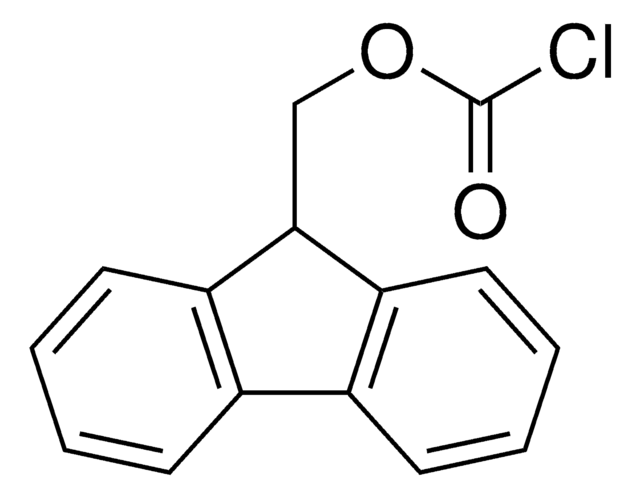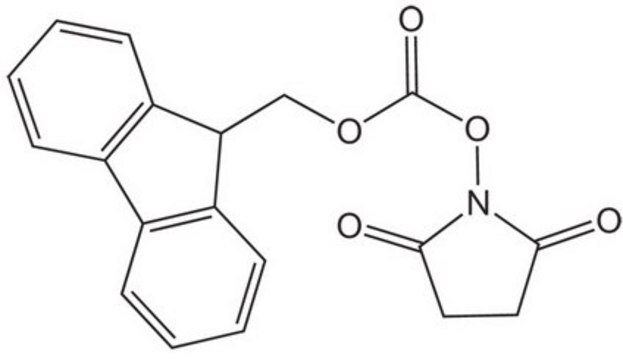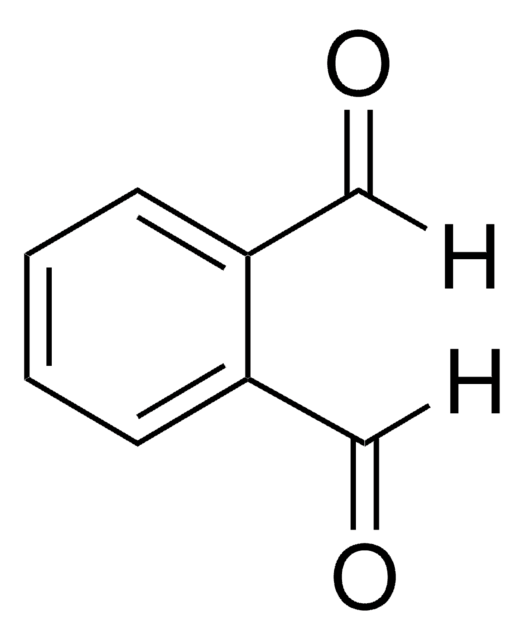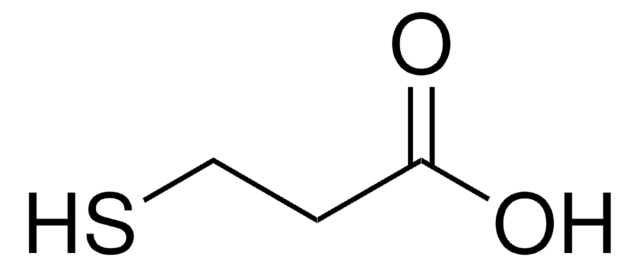8.18203
(9-Fluorenylmethyl) chloroformate
for synthesis
Synonym(e):
Chlorameisensäure-9-fluorenylmethylester, FMOCCl
About This Item
Empfohlene Produkte
Qualitätsniveau
Form
powder
mp (Schmelzpunkt)
60-63 °C
Anwendung(en)
peptide synthesis
Lagertemp.
15-25°C
InChI
1S/C15H11ClO2/c16-15(17)18-9-14-12-7-3-1-5-10(12)11-6-2-4-8-13(11)14/h1-8,14H,9H2
InChIKey
IRXSLJNXXZKURP-UHFFFAOYSA-N
Allgemeine Beschreibung
Anwendung
- (9-Fluorenylmethyl) chloroformate can be used as a coupling reagent.
- In the synthesis of amino acid esters. Fmoc chloride activates the carboxylic acid group of the amino acid, allowing it to react with an alcohol to form the ester.
- In the preparation of lysogangliosides.
- In the solid-phase peptide synthesis of DOPA-containing peptides.
Signalwort
Danger
H-Sätze
Gefahreneinstufungen
Eye Dam. 1 - Skin Corr. 1B
Zusätzliche Gefahrenhinweise
Lagerklassenschlüssel
8A - Combustible, corrosive hazardous materials
WGK
WGK 3
Flammpunkt (°F)
Not applicable
Flammpunkt (°C)
Not applicable
Analysenzertifikate (COA)
Suchen Sie nach Analysenzertifikate (COA), indem Sie die Lot-/Chargennummer des Produkts eingeben. Lot- und Chargennummern sind auf dem Produktetikett hinter den Wörtern ‘Lot’ oder ‘Batch’ (Lot oder Charge) zu finden.
Besitzen Sie dieses Produkt bereits?
In der Dokumentenbibliothek finden Sie die Dokumentation zu den Produkten, die Sie kürzlich erworben haben.
Kunden haben sich ebenfalls angesehen
Unser Team von Wissenschaftlern verfügt über Erfahrung in allen Forschungsbereichen einschließlich Life Science, Materialwissenschaften, chemischer Synthese, Chromatographie, Analytik und vielen mehr..
Setzen Sie sich mit dem technischen Dienst in Verbindung.






